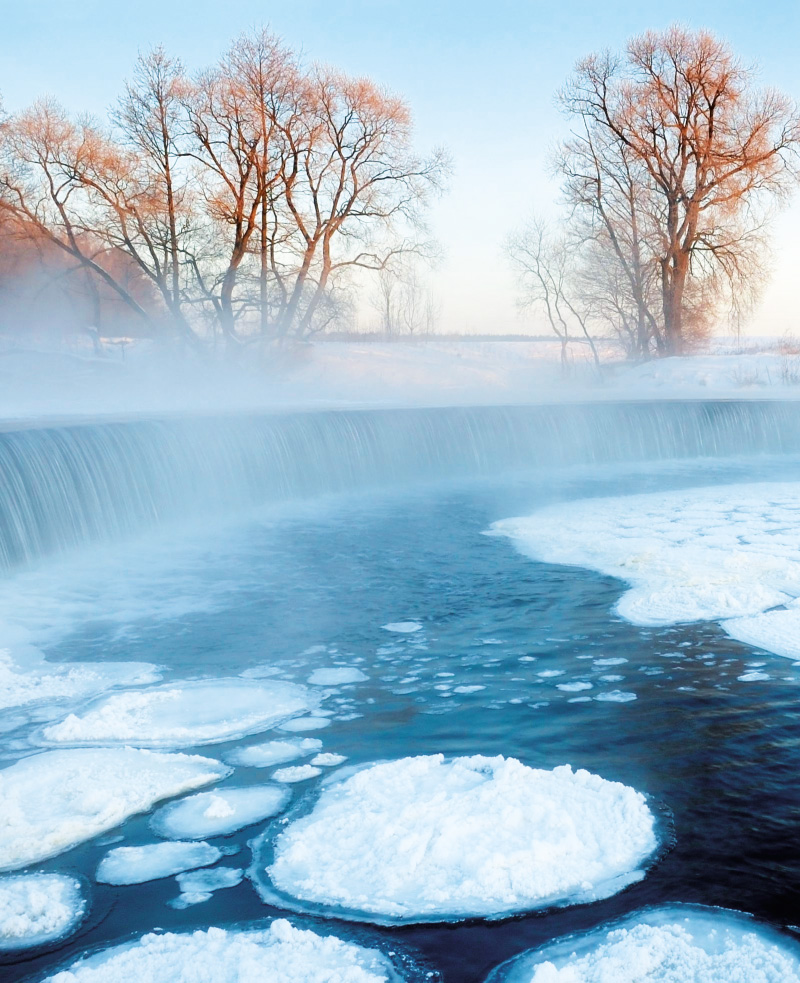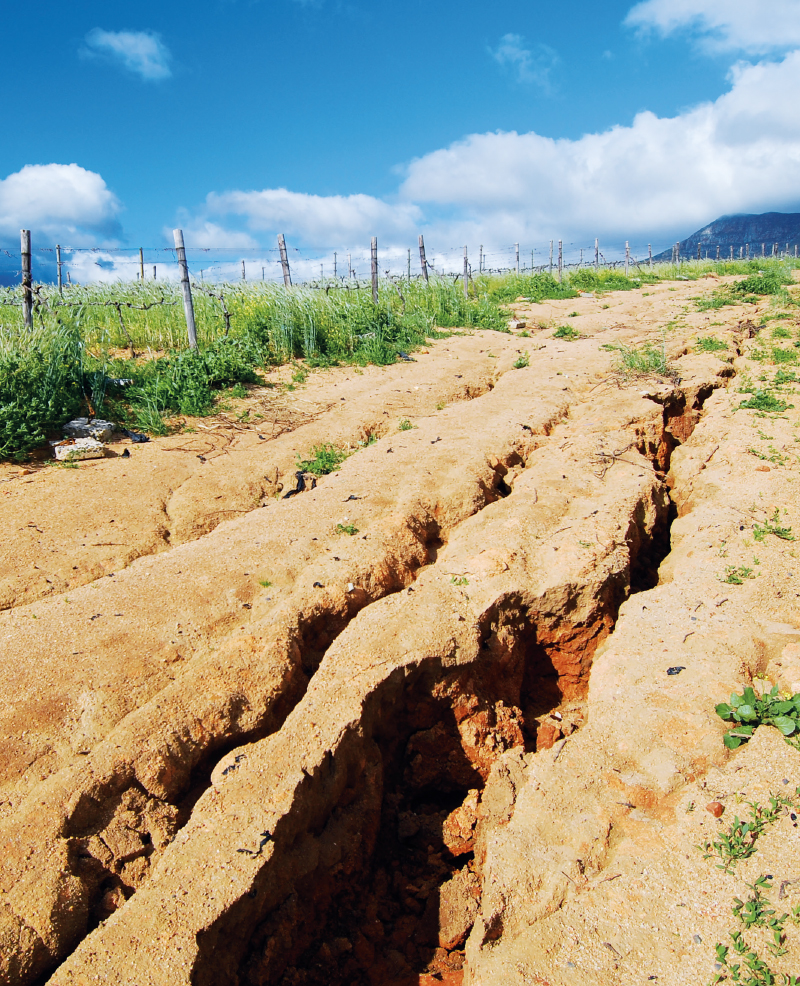The potential of grass strips for retaining surface runoff and sediment
The use of grass strips in agricultural landscapes is widely recognized for their ability to effectively reduce surface runoff and the transport of eroded particles, while simultaneously enhancing biodiversity and landscape stability. This study aimed to quantify the impact of grass strip length on sediment retention in surface runoff. Experimental measurements were conducted on enclosed plots measuring 8 × 1 metres, each with varying proportions of grass cover to simulate different grass strip widths under real-world conditions.
Future water demand scenarios to 2050: sectoral analyses and forecasts
This article presents the results of the sub-objective “Scenarios of future water demands for different climate scenarios and individual sec-tors of water use” (DC 1.1). Which is part of TA CR project No. SS02030027 “Water systems and water management in the Czech Republic and climate change conditions (Water Centre)” and is a sub-part of the WP 1 “Prediction of the development of water resources security in the Czech Republic until 2050 in regions depending on climate change”.
Mini-JET device as a tool for determination of soil erodibility characteristics
The article describes a method for determining the erodibility of incohesive agricultural soils by means of the critical shear stress measuring. The “Jet Erosion Test” (JET) was used to determine the critical shear stress. The mea- surement was performed using a modified Mini-JET device. The device is very suitable for field measurements, because it is small, light, requires a relatively small amount of water, and can be operated by single person. The principle of measuring the critical shear stress of the soil is based on monitoring the rate of erosion crater formation by the action of a water jet of known kinetic energy. Based on the erosion crater development, the erosion parameters of the soil, such as the critical shear stress and the erodibility coefficient, can be calculated.
Characterization of an artificially generated rainfall used for a soil erosion research
Vodní eroze půdy se běžně studuje v laboratořích, experimenty bývají založeny na uměle generovaných srážkách s využitím dešťových simulátorů. Typicky je vyhodnocován vliv různých faktorů, jako jsou intenzita nebo úhrn srážky, půdní charakteristiky, zpracování půdy, posklizňové zbytky nebo sklon a délka erozní plochy na erozi.
The importance of catchment characteristics in terms of intensive erosion runoff formation threat level
We located almost 130 000 critical localities near to urban areas where eroded material can enter the urban area. These localities were divided into five threat categories. Detailed modelling by WaTEM/SEDEM provided an extensive database of almost 130 000 micro catchments with outlet profiles threatened by intensive erosion runoff, and classified by five categories of threat for infrastructure damages.




